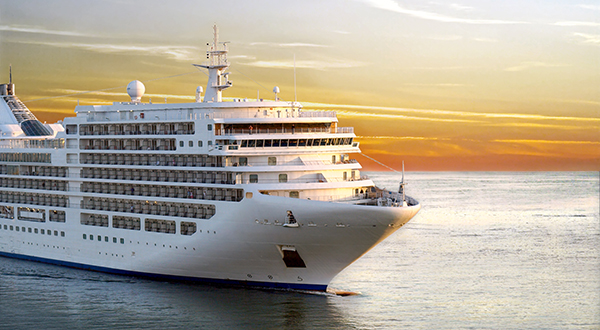The Indian Ministry of Shipping, in conjunction with the Ministry of Tourism, has announced reforms to the regulatory processes governing the cruise tourism industry in the country. The objective is to revolutionize this industry, by simplifying the rules and procedures pertaining to various aspects of cruise port operations, like security, immigration, and customs.
According to Special Secretary, Shipping, Shri Alok Srivastava, the promotion of cruise tourism requires not just improvement in infrastructure but also uniformity, transparency and predictability in the procedures followed by multiple government organizations . In other words, Ease of Doing Business is critical for the success of cruise tourism.
The reforms are based on the recommendations of a global consultant engaged by the Ministry, to draw up an Action Plan for providing a customer friendly and hassle free logistics process for the cruise tourism industry and develop an enabling ecosystem necessary to promote and sustain cruise shipping in India.
To this end, key recommendations include:
- Single window system for all pre cruise requirements for cruise operators like entry of vehicles, personnel and guides electronically doing away with checking of registration, license papers of vehicle at each time.
- Create a separate dedicated approach road and entrance to the cruise terminals.
- A uniform and consistent security procedures by CISF at all ports.
- Providing adequate security and access to the port for passenger over-night and visiting local venues.
- No face to face check after dis-embarking formalities.
- Security checks for embarking passengers would be done only once.
- Joint collaboration between the Bureau of Immigration and CISF and redesign the existing procedure to give a pleasant experience to the cruise tourists visiting India.
- Standard Operating Procedures (SoPs) to be framed for training and education of the personnel carrying out the process for better handling of passengers.
- Use of technology for clearances, providing passenger manifest to CISF and doing away with manual time consuming process.
- Implementation of green lane/red lane at existing terminals with random custom checking as is done in the airport.
- Declaration of only limited items of inventory of the cruise ships in place of the existing requirement of having the complete inventory for all the stocks in the ship.
A committee has been set up to work out the modalities and requirements for implementing the above recommendations in a time bound manner
The Consultants have also been asked to suggest five potential cruise circuits for international, domestic and river cruise, that can be immediately taken up for development and to prepare Techno-Economic Feasibility Report (TEFR) for these circuits. Specific ports/terminal would also be considered for development for international cruise tourism as per a suggested Model Terminal Design, and suitable policy/regulatory framework based on international best practices, strategies of cruise terminal operation.
Earlier this month, a workshop was organized by the Ministry of Shipping to bring together all the stakeholders to deliberate upon and draw up a concrete action plan for implementation to promote cruise tourism in the country.































































